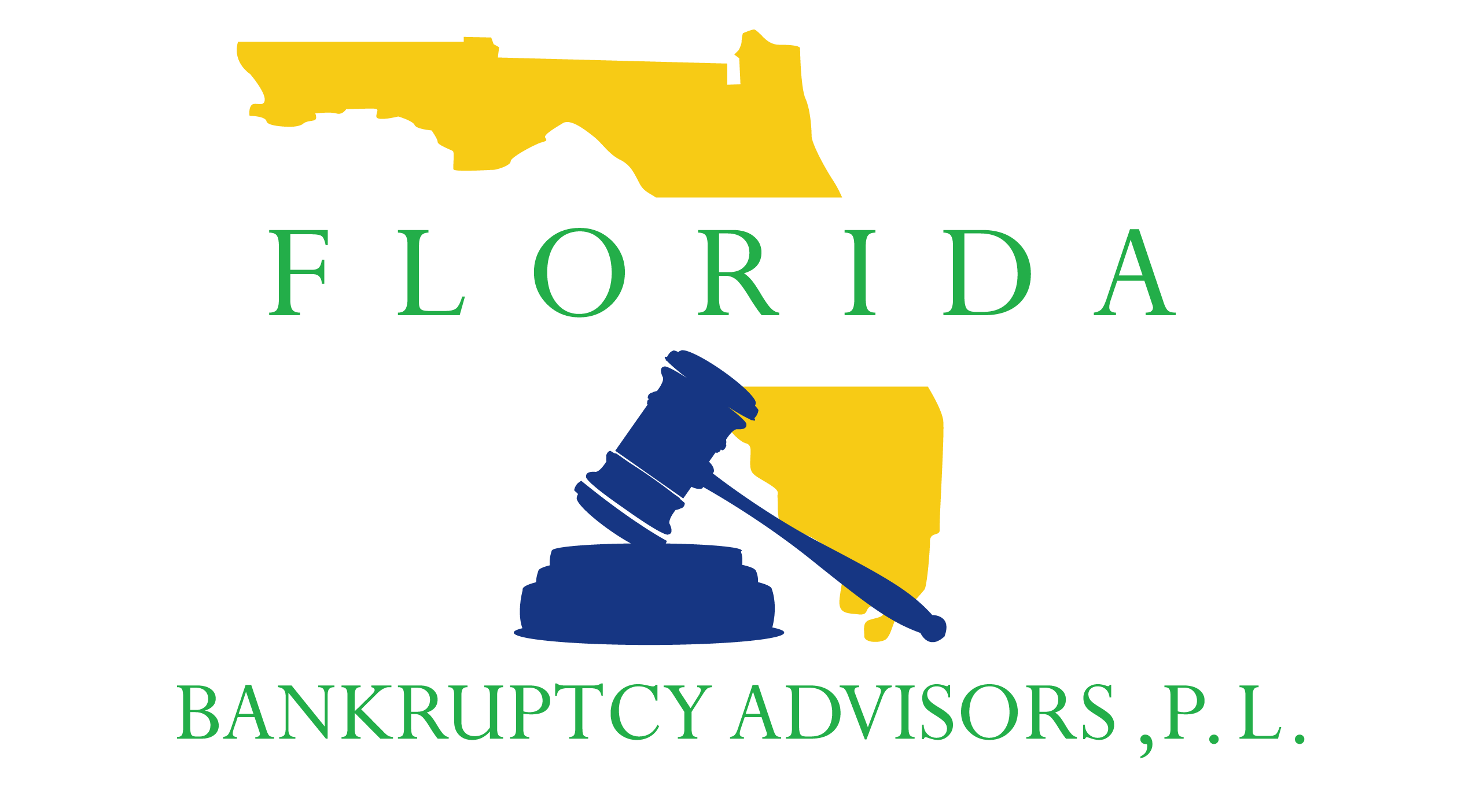The Bankruptcy Discharge
The Bankruptcy Discharge
Automatic stay
The bankruptcy discharge is obtained when the bankruptcy court enters its “Order of Discharge” in a bankruptcy case. This Order of Discharge is an official bankruptcy court document that, once entered, prohibits anyone from making any attempt to collect a discharged debt from the debtor(s) personally. For example, creditors cannot sue, garnish wages, assert a deficiency, or otherwise try to collect money from the debtor(s) personally on any discharged debts.
Moreover, once the Order of Discharge is entered, creditors cannot contact the debtor(s) by mail, phone, or otherwise in any attempt to collect the debt personally. While the Order of Discharge offers long-term, permanent protection for the debtor as to his creditors, the Discharge Order does not close or dismiss the debtor’s bankruptcy case, nor does it determine how much money, if any, the trustee will pay creditors. Those amounts are determined through separate processes.
Summary
In summary, creditors cannot make any attempt to collect discharged debts. Creditors who violate this order can be required to pay debtors damages and attorney’s fees. That said, the Order of Discharge also does not prevent debtors from paying any debt voluntarily. Or even from paying reaffirmed debts according to the reaffirmation agreement (see 11 U.S.C. § 524).
Also, it is important to note that a creditor with a lien (such as a home mortgage) may continue to enforce a claim against the debtors’ property (i.e., the collateral securing the loan) subject to the specific terms and rights of that lien unless the lien was avoided or eliminated in the bankruptcy case (avoiding or “stripping” liens in a bankruptcy requires special action within the bankruptcy case – if liens are not specifically addressed in the bankruptcy case through specific motions and resulting orders, the liens pass through the bankruptcy unaffected). For instance, a creditor maintains its right to foreclose a home mortgage. Or even repossess an automobile, even with a debtor receiving a bankruptcy discharge.
Most debts are covered by the bankruptcy discharge, but not all debts. Generally, a discharge removes debtors’ personal liability for debts owed before the debtors’ bankruptcy case was filed. Also, if this case began under a different chapter of the Bankruptcy Code and was later converted to chapter 7, debts owed before the conversion are discharged.
Examples of debts that are typically not discharged in a bankruptcy include:
- domestic support obligations;
- most student loans;
- recent income taxes;
- debts related to fines, penalties, forfeitures, or criminal restitution obligations;
- debts not scheduled, disclosed or noticed by the debtor;
- debts for certain types of loans owed to pension, profit sharing, stock bonus, or retirement plans; and
- debts for death or personal injury caused by operating a vehicle while intoxicated.
Also, debts covered by a valid reaffirmation agreement are not discharged. In addition, this discharge does not stop creditors from collecting from anyone else who is also liable on the debt (i.e., a co-debtor not in bankruptcy), such as an insurance company or a person who cosigned or guaranteed a loan.
This information is only a general summary of the bankruptcy discharge; some exceptions do exist. Because the law is complicated, you should consult an attorney to determine the exact effect of a potential discharge in your own bankruptcy filing. Call us now for a free phone consultation. We look forward to helping you.
We understand what you're going through and want to help.
Call Now for a FREE Phone Consultation with an Experienced Bankruptcy Attorney to learn more about how bankruptcy may help you.
